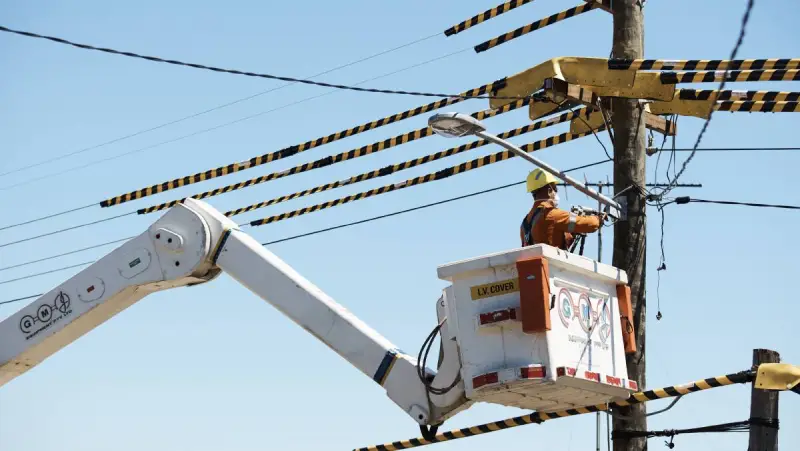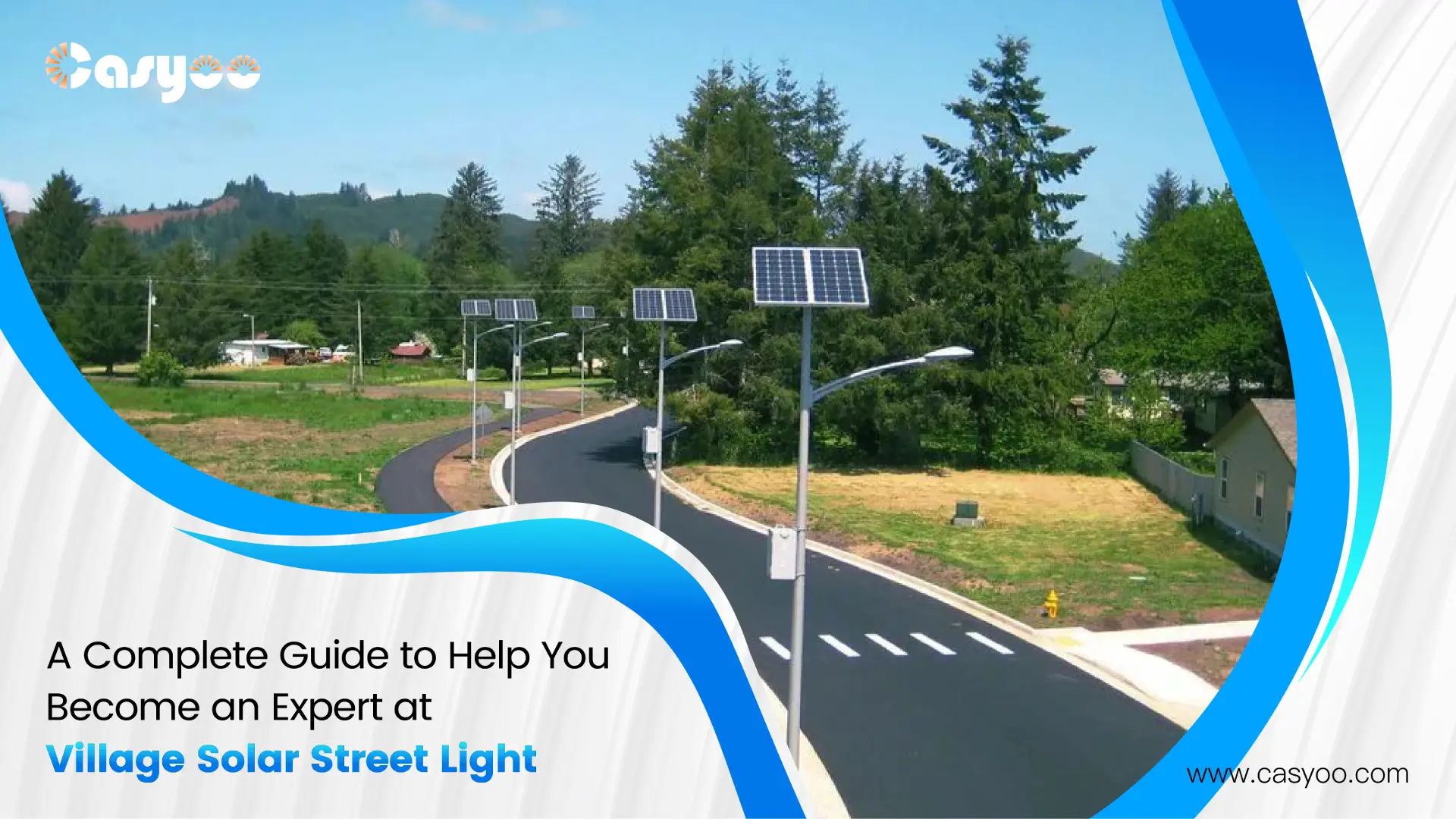Are you considering installing village solar street lights for your neighborhood? Then you definitely need this guide that includes the questions most village solar street light buyers are concerned about! We will let you know what the differences are between them and those street lights powered by mains electricity and whether they are worth it. Then we will provide useful tips on how to choose them. Let’s dive in!
Differences between solar and typical street lights
- Energy: Solar street lights use the sun’s energy to power themselves, while traditional street lights need electricity from the power grid. Solar street lights make use of clean energy and are thus more beneficial for the environment.
- Cost: The installation of solar street lights is simple, and they are not likely to break down. And it uses solar power, which will not incur electricity bills. Installing urban street lights is complex, and they require frequent maintenance. The maintenance may turn more troublesome as the street lights degrade over time. Furthermore, the electricity price for urban street lights is typically considerable, and there is a possibility of cable theft.
- Voltage: Solar street lights use a lower voltage than traditional street lights, typically 12V or 24V compared to 220V or 110V. Lower voltage reduces the risk of overheating or electric shock, making the solar street lights safer to use.
- System: Solar street lights are independent systems, which means they can be installed at any time and in any location without considering the grid. Urban street lights are connected to the grid, so the installation must comply with the grid’s configuration and the power company’s regulations.
- Installation difficulty: Installing solar street lights is much easier than installing traditional street lights. All you have to do is build a cement base and a battery pit, then bolt the lights in place. Compared with solar street lights, the installation of traditional street lights demands a significant amount of human and material resources.
- Brightness: Traditional street lights are generally brighter than solar street lights. If you need brighter solar street lights, you’ll need to use a more powerful solar panel and battery, which will cost more.

Should I use the typical street light or village solar street light?
When deciding between solar street lights and typical street lights, there are several factors to consider.
- Budget: Solar street lights cost more than typical street lights. However, in terms of overall cost, they are comparable because typical street lights require more investments in installation and other facilities like transformers.
- Installation location: At towns and rural roads, the lighting requirements are not very high, so you can use solar street lights. Furthermore, because the power source is relatively far from these regions and the expense of pulling cables is expensive, solar lights are more suitable.
- Height: Wider roads need taller street lights. If the street lights need to be over ten meters, use the typical street lights to provide sufficient lighting. If the height is below ten meters, you can choose solar street lights.
How to choose village solar street lights?
Height
In general, the width of rural roads ranges from 3 to 5 meters, so street light poles are typically 5 to 6 meters tall. If it is set too high, it will waste money and resources.
Light source
The light source should be suitable for the environment, have high efficiency, and have a long life. Considering these important factors, LED lights are frequently selected. The wattage is usually between 40 and 60 watts. Also, you need to make sure that the light effect is around 90–120 lm/W and the annual light decay is less than 5%.
Casing
The casing is typically made of die-cast aluminum. Die-cast aluminum is relatively lightweight, has superior heat dissipation, and is waterproof, so it is preferable to iron casings.
Battery
The most common battery specification is a 12 V lead-acid battery, which provides consistent performance and is the first choice for solar street lights. Here is an example to show how to calculate the capacity of the battery:
Assuming a 60W LED light is used to light for 9.5 hours every night, with 7 hours of full-load lighting (turning on 100% power at 7:30 pm, reducing to 50% power at 11:00 pm, returning to 100% power after 4:00 am, and turning off at 5:00 am). In general, illumination should last for six consecutive rainy days.
Current = 60W÷12V =5 A
Battery capacity = 5A × 7h × (5+1) days = 5A × 42h = 210 AH
Taking into account the battery’s reserved capacity as well as the increased current caused by line loss, 210 AH is only roughly 70%–85% of the real value.
Solar panels
Solar panels typically use monocrystalline silicon materials with high conversion rates, and the standard voltage is 17.4 V. Below is a way to figure out the specifications of solar panels.
Suppose the panel receives sunlight for an average of 4.5 hours per day. Like the battery, the solar panel must have a reserved capacity of 20%.
Panel power (WP)÷17.4V = (5A × 7h × 120%) ÷ 4.5h
WP = 162W
Similarly, 162W is simply a theoretical estimate and may grow by roughly 15%–25% depending on other factors like the components’ power consumption.
Conclusion
This passage has introduced the differences between the village solar street light and typical street lights, which use mains power. Then, we explained which type is more suitable for the villages. At last, we offered some useful advice for you to choose the lights you need. If you need a one-stop lighting solution and want to save all the hassle, you can find us—a reliable and professional LED street light manufacturer that covers the entire process of your project!




